
ELEPHANT FACTS
African Elephants, the noblest of pachyderms, are the largest land mammal on earth today. We've all seen them in zoos and perhaps at the circus, but up close and personal, they are really big. The drawing to the left shows the comparison between an elephant and a six foot man.
Their average life span in the wild is 70 years, their height at the shoulder is from 8.2 to 13 feet, and can weight from 2.5 to 7 tons. They are slightly larger than their Asian cousins and can be identified by the larger ears. Asian elephants have smaller, rounded ears.
Elephant ears radiate heat to help keep these large animals cool, but sometimes the African heat is too much. Elephants are fond of water and enjoy showering by sucking water into their trunks and spraying it all over themselves. Afterwards, they often spray their skin with a protective coating of dust. An elephant's trunk is actually a long nose used for smelling, breathing, trumpeting, drinking, and also for grabbing things—especially a potential meal. The trunk alone contains about 100,000 different muscles.
▼ Photo Credit: R. Ann Siracusa, 2008, Zimbabwe
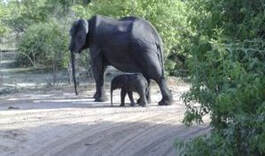
Males stay with the family until they reach 12 to 15 years of age, when they leave the herd and live alone or join up with other bulls. Male and female elephants live separately with bulls only visiting when some of the females are in their mating season, known as estrus.
Elephants are a keystone species and dramatically affect their landscape. They are seed dispersers and influence forest composition, creating clearings to boost tree regrowth and reducing cover to create suitable habitat for browsing and grazing animals.
AN ELEPHANT RIDE
In 2008, I traveled in Zimbabwe, Botswana, South Africa, and Namibia. There, we not only observed and photographed elephants in the wild... but we rode them. To be truthful, we rode elephants that are part on an elephant rescue project and not in the wild.
Poaching is a major issue throughout Africa, as well as loss of habitat. The Victoria Falls Wildlife Trust plays a role in the rescue of injured or trapped animals and their rehabilitation. This is one of the many elephant rescue/ rehabilitation projects in Africa
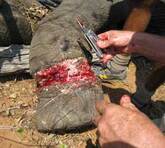
The older elephants are not released back into the wild even though elephants are social animals and one of the few species that will take outsiders into the herd. However, they accept the outsides on a trial basis, but if the visitor misbehaves, it may be thrown out. Donald told us he had taken care of Tatú for fifteen years.
THE ELEPHANT ORPHAN PROJECT
The African elephant is endangered due to poaching (for ivory) and loss of range through deforestation. In the early 1900s, there were about 10 million elephants in Africa. By 1970 there were 1.3 million; by 2007, somewhere between 500,000 and 700,000; by 2016, an estimated 352,000 survived.
▼Photo credit: Friedkin Conservation Fund
Photo Source: News www.foxnews.com/science/queen-of-ivory
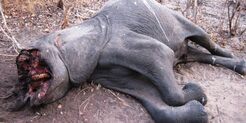
Daphne Sheldrick & daughter Angela 1968 Daphne Sheldrick, daughters Angela (lft) & Jill Woodley (rt)
▼Photo Source: www.nytimes.com/2018/04/17/obituaries PhotoSource: www.nytimes.com/2018/04/17/obituaries Photo credit: The David Sheldrick Wildlife Trust ▼ David Sheldrick Photo Credit : The David Sheldrick Wildlife Trust/A.F.P. -Getty Images▼
YOU TOO CAN ADOPT AN ELEPHANT
As with most mammals, the baby elephant's world is its mother, then the extended family. Elephants are particularly vulnerable to psychological despair if it loses its natural family. Even bulls, which separate from pod, never forget their female family.
In the orphanages, the orphaned elephants need a replacement human family i.e. enough keepers to represent a “family”. The orphan needs physical and mental care to grow up psychologically stable. If they are psychologically unstable and neurotic they will not be welcomed into the wild herds and risk rejection.
As you can imagine, the orphanage costs a lot, in part because they are labor intensive, in part because elephants eat a lot. As part of the funding raising, you can adopt a particular elephant for fifty dollars and contribute to their upbringing, while receiving information about the rescue and ongoing progress report and photos. There are 18 pages of elephants waiting for adoption but I’ve shown here a few of the recent rescues.
https://www.sheldrickwildlifetrust.org/orphans
Name: Malima (F) Name: Nabulu (F) Name: Mukkoka (M) Name: Larro (F)
Current Age: 3 years Current Age: 2 years Current Age: 23 months Current Age: 17 months
Rescued: 30-10-2016 Rescued: 01-02-2019 Rescued: 23-09-2018 Rescued: 02-01-2019
Current Age: 2 years Current Age: 2 years Current Age: 18 months Current age: 4 years
Rescued: 10-30-2017 Rescued: 07-17-2019 Rescued: 04-07- 2019 Rescued: 10-24-2014
More importantly, every one of these orphans can look forward to a quality of life in wild terms, living free in Tsavo East National Park protected by their new extended orphaned family and friends amongst the wild herds.
Sources
http://vicfallswildlifetrust.org/VFWT%20Website/Wildlife%20Rescue.html
https://www.safarious.com/en/posts/4555-elephant-rescue-at-camp-hwange
http://www.rescue.org/program/programs-zimbabwe
http://www.amanzitravel.co.uk/rhino-and-elephant-sanctuary
http://www.afrizim.com/Activities/Victoria_Falls/Elephant_Rides.asp
http://www.sheldrickwildlifetrust.org/asp/fostering.asp
http://www.sheldrickwildlifetrust.org/html/raiseorphan.htm
http://www.nationalgeographic.com/animals/mammals/a/african-elephant/
http://www.elephantsforever.co.za/family-structure.html
http://www.cnn.com/2016/08/31/africa/great-elephant-census/index.html
http://mentalfloss.com/article/82974/10-royal-facts-about-babar-elephant
https://nationaldaycalendar.com/elephant-appreciation-day-september-22/
https://www.theguardian.com/environment/2018/apr/24/dame-daphne-sheldrick-obituary
https://www.nytimes.com/2018/04/17/obituaries/daphne-sheldrick-who-saved-orphaned-elephants-has-died-at-83.html
https://www.pinterest.com/pin/424534702347703553/?lp=true
https://www.elephantand.co/blogs/blog/world-wide-elephant-charities
https://gifts.worldwildlife.org/gift-center/gifts/species-adoptions/african-elephant.aspx
https://www.foxnews.com/science/queen-of-ivory-africas-infamous-poaching-mastermind-nabbed
https://sciencing.com/elephants-mate-4574022.html
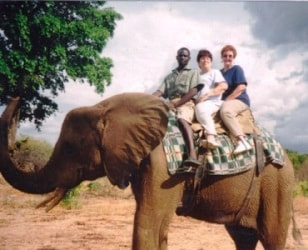
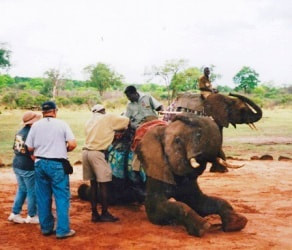
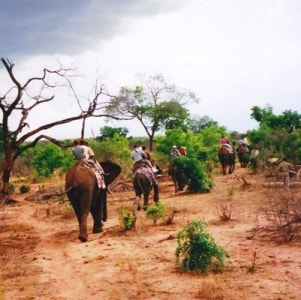
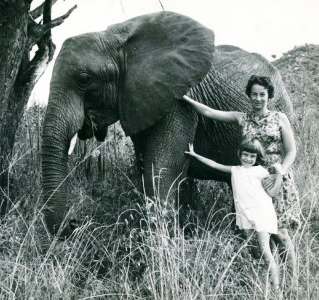

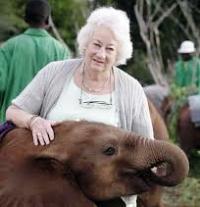
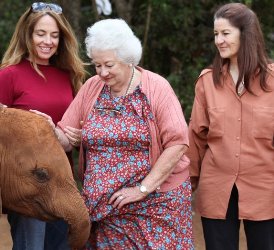
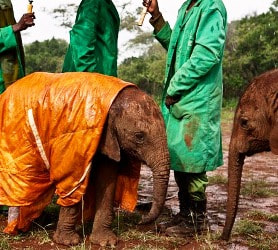
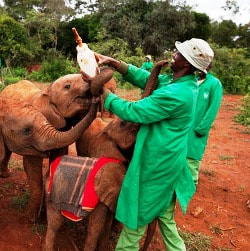
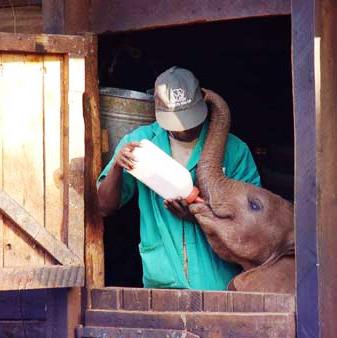
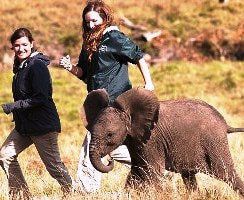
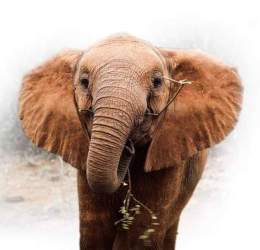
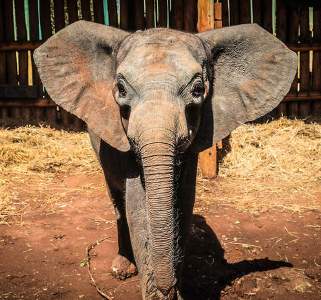
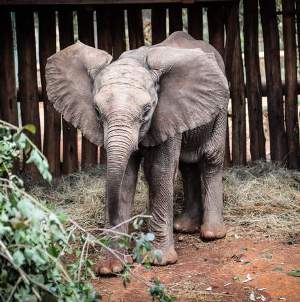
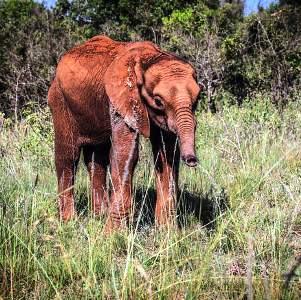
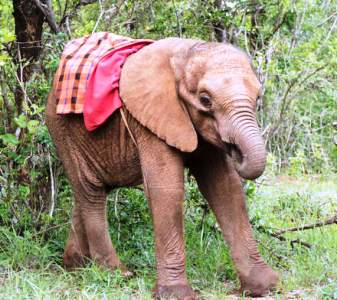
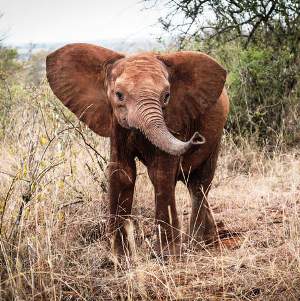
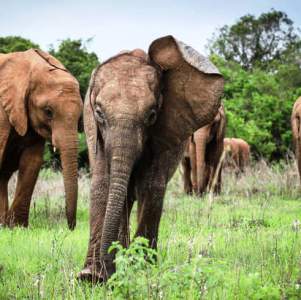
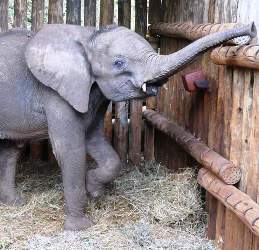
 RSS Feed
RSS Feed